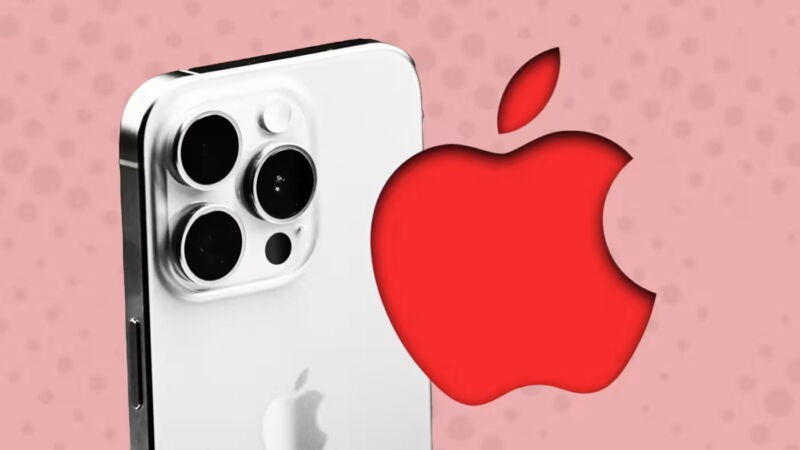Historically, smartphones relied cloud connections funneling data powering modern conveniences, from virtual assistants to instant recommendations. But Apple now seeks untethering that server dependency running Artificial Intelligence (AI) models directly on local devices instead.
This autonomous ambition promises faster, more private and ultimately more capable iPhone experiences but requires overcoming hardware hurdles still in early days. Today we explore on-device AI potential upsides, implementation challenges, and outlooks if Apple successfully manifests a future less cloud dependent daily.
Why On-Device AI Matters
Fundamentally, transitioning advanced algorithms local iPhone processors instead remote data centers unlocks valuable user experience dividends especially:
- Faster response times
- Enhanced reliability
- Reduced privacy vulnerabilities
Namely, keeping data processing self-contained cuts external transmission latency lagging interactions currently. It also lessens dependency risks if connections drop limiting capabilities.
And perhaps most importantly, sensitive usage information remains protected inward rather than shuttling across servers potentially exposed externally.
Future Functionality Also Compounds
As Apple’s custom silicon advances matching leading cloud server GPUs and TPUs eventually, even more groundbreaking AI functionalities manifest natively rivaling global network capacities at individual device disposable.
This could introduce unprecedented iPhone capabilities like real-time health insights, adaptive battery charging, and seemingly telepathic Siri interactions manifesting ambient sci-fi computing visions poetically.
Overcoming Current Hardware Limitations
Unfortunately today’s iPhones face steep AI processing challenges still relative sophisticated cloud capabilities leveraging high memory capacities and immense data center parallelism compounding iPhone strengths considerably.
So engineering teams sweat bullets maximizing on-device efficiencies through tactics like:
- Model pruning and quantization
- Low power silicon optimization
- Data type reduction
- Selective sensor utilization
That is – crafting extremely lean AI model architectures, fine-tuning Apple chipsets maximizing each watt efficiently and minimizing sensing sampling rates cautiously.
The Quest for Efficient Neural Networks
In essence, realizing on-device AI demands almost miserly neural network configurations squeezing usable output still relative bloated customary cloud counterparts.
It will take years likely matching expanding functionality while Apple ships iPhone processors nearing bleeding edge server grade capacities proved economically.
But we applaud expedited efforts wrestling control closer clutches benefitting customer experiences directly appreciably.
Exploring a More Private AI Future
As covered earlier, transitioning AI handling locally naturally introduces welcome data privacy advantages shielding usage insights transmitting insecurely otherwise.
This will hopefully inspire Apple rethinking foundational data collection itself if truly minimizing remote storage dependencies long-term.
Namely, what minimal telemetry requires extracting if models interpret behavior patterns on-device instead relying cloud profiling comparatively?
User Control and Transparency
Additionally, we expect Apple fortifying user analytics permissions and gathering transparency as scrutiny intensifies appropriately.
namely exact specifying why particular metrics necessitate aggregating while enabling control down granular feature levels.
These principles nurture trust and understanding around innate machine learning fuel appetites clarifying what feeds engines users ride inside effectively.
The Future Drives Itself
Ultimately, Apple on-device AI ambitions clearly acknowledge the next rising wave melding silicon and machine learning transform mobile computing as profoundly as previous touchscreen and mobile internet junctions.
The data and location independence future proofs reliability securing iPhone capabilities within localized hands themselves rather diffuse networking vagaries encircling externally.
If current Apple privacy leadership indicates coming directions, users will safely steer AI driving autonomous experiences protecting individual rights and securing universal access declared mutually serving all positively.










Add Comment